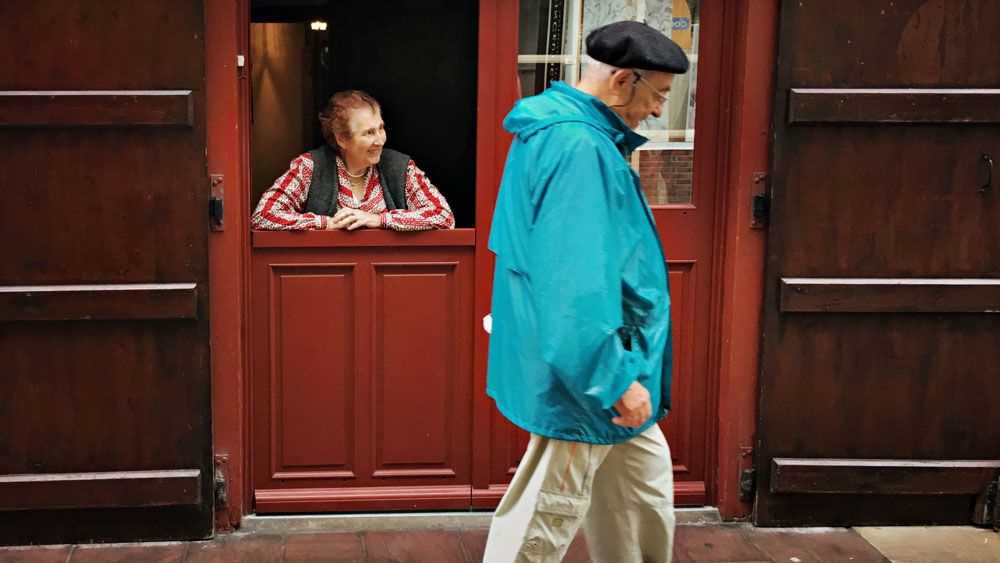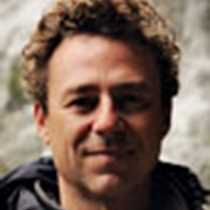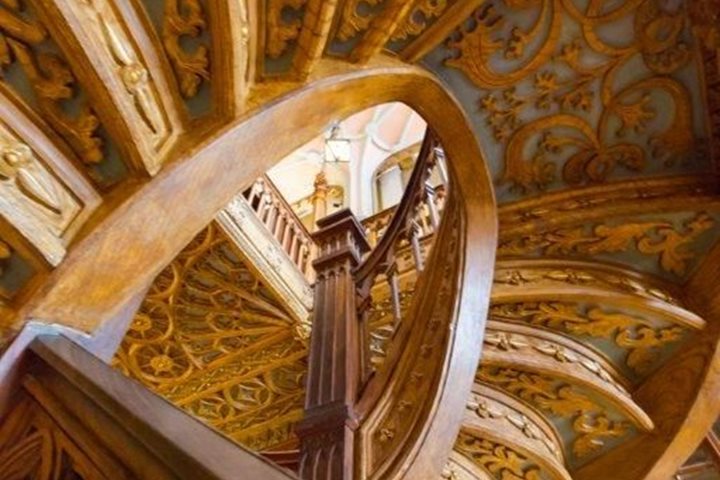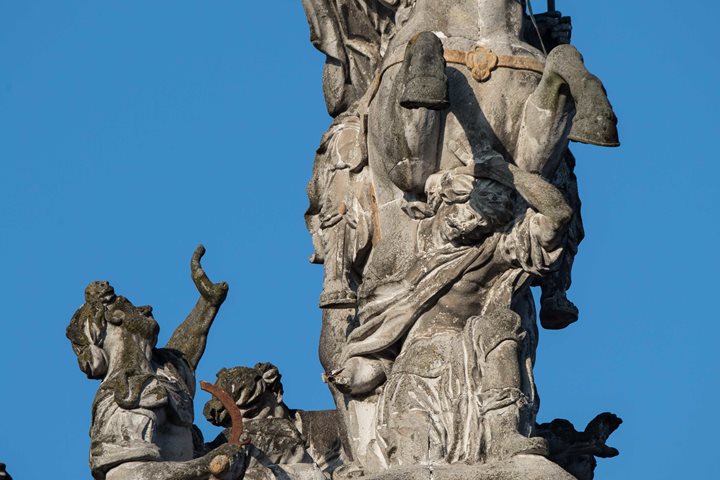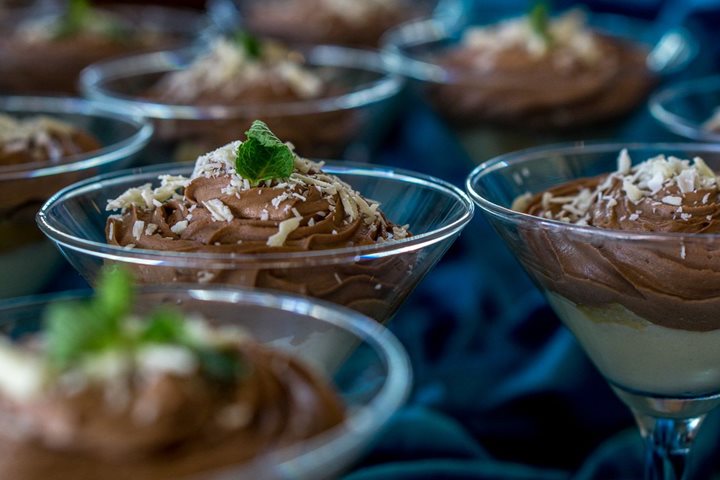Intermittent rain threatened to dampen our visit to the French Basque resort town of Saint-Jean-de-Luz. But the town's charms shone through the drizzle. The last French town before the Spanish border, the relaxed vibe of Saint-Jean-de-Luz belies its exciting history. As a longtime base for corsaires, pirates authorized by the French government, the town's wealth was built on the plundering of the ships of competing nations. It was here on June 9, 1660 that French king Louis XIV married Maria Theresa of Spain, sealing the treaty between the two countries. The town was an important underground base for French resistance efforts against the Nazis in World War II, and numerous people were smuggled out of occupied France across the nearby mountain passes.
Today, not much happens in Saint-Jean-de-Luz, which is why so many people come here to lay on the beach, eat the delicious macarons, Basque cake, and other local delicacies, and surf the enviable waves along the coast. During our morning visit we wandered along the beachside boardwalk, strolled down the active shopping street, visited the colorful market, and checked out the church where the famous royal wedding took place.
After a short repositioning, we arrived in the Spanish Basque city of San Sebastian. A short bus tour took us up to a fantastic viewpoint. The grey skies did not diminish the view, just gave it a mystical quality. Later, we visited the old town and were soon set loose to explore the plethora of pintxos bars. Every counter was loaded with delectable looking snacks: red peppers stuffed with baby eels, ham-wrapped artichoke hearts fried in batter, slices of blood sausage topped with egg and mushroom. The selection was endless and daunting.
From there, we headed to a traditional Basque cider house on the outskirts of town, where we enjoyed a fantastic concert by accordionist Kepa Junkera and his all-female backing band Sorgiñak, which means "The Witches" in Basque. Junkera is a superstar virtuoso of Basque music, and the four young "witches" supported him with angelic voices, excellent hand percussion chops, and limber dance moves. It was a fantastic show, made even better by the voluminous hard cider and rich, country-style food we consumed throughout the evening. At various points, Kepa demonstrated unusual local instruments such as the alboca, a horn played with circular breathing, and the txalaparta, a xylophone made of wood or stone that is directly connected to the cider making tradition. It was a magical end to a magnificent day, and we stumbled back to the ship filled with cider, steak, and good memories.

